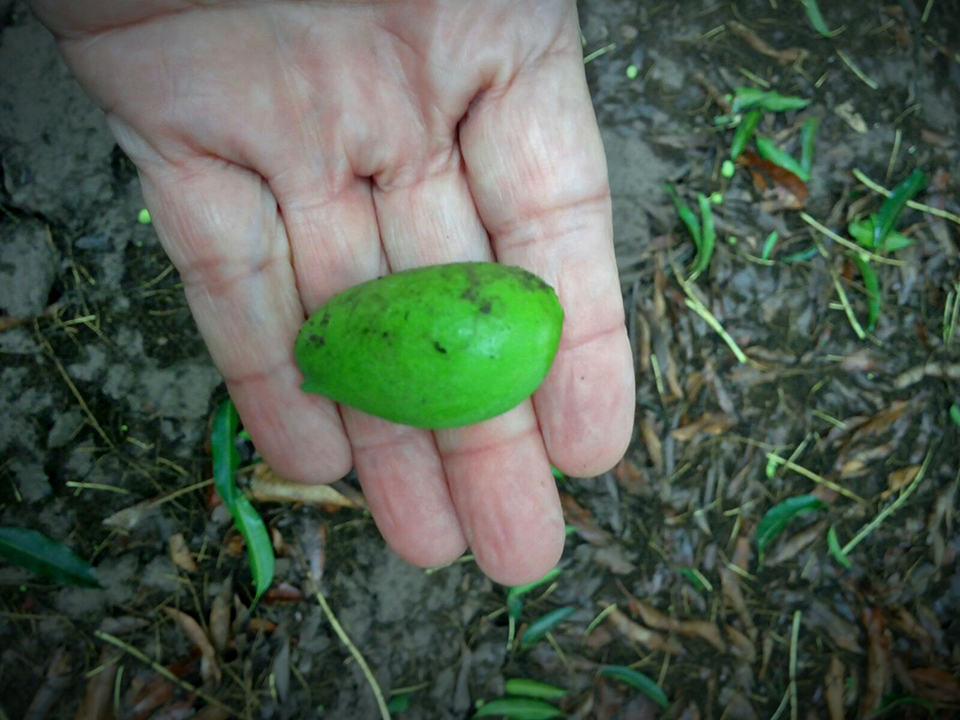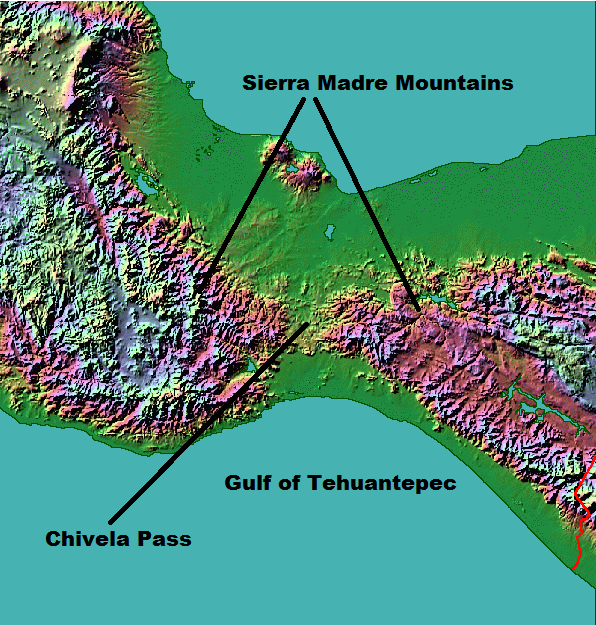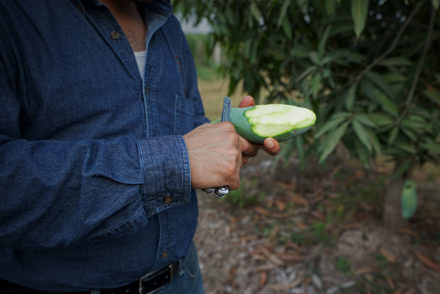How an Eastern US Cold Front Spawns Wind in Oaxacan Mango Orchards
While most of the industry has been consumed by Mexico’s cold temperatures from the seasonal, southern traveling cold front, often blanketing Mexico this time of year, (nicknamed norte by southern Mexicans), we are more concerned with the wind phenomenon currently happening outside our mango orchards in Oaxaca, a dynamic outcome of these cold fronts.
This seasonal weather event we are currently experiencing in Oaxaca creates severe and often gale force winds that blow through the Gulf of Tehuantepec. The Isthmus of Tehuantepic, or passage, divided by the Sierra Madre Mountains, is the lowest landform between Mexico and Central America and a predominant passageway for the wind between the Pacific Ocean and the Gulf of Mexico. Chahuites, one of the largest organic mango growing regions in Oaxaca, sits about 50 miles south east of this of this passage or “ventosa” as its called in Spanish. This wind event is know as a Tehuano wind event is very much created and fueled by cold air storm systems passing through the Eastern US, this same cold air we have seen traveling rapidly down all of Mexico. The cold front moves down the Sierra Madre Mountains like a wall, pushing cold air and wind down until it reaches a gap in the mountain range – the Chivela Pass, located in the Isthmus of Tehuantepic. The warm moist air of the south hitting the cold dry air of the north causes severe pressure differences and powerful and even gale force winds are born and rush through the passage toward the Pacific Ocean – these are the Tehuano winds.
Since Chahuites, is located just off this major wind passage, the mango orchards are susceptible to wind damages and especially, when the extreme cold fronts pound the Eastern and Central US, as they have been doing. In the past weeks, as the cold fronts in the north grew stronger, the pressure and cold front wound down the Sierra Madres and into the Chivela Pass, Tehuano winds are currently blowing through la ventosa and are forecasted to continue through today and gradually diminish by tomorrow (Friday afternoon).
Growers are currently hunkering down waiting out the winds, essentially waiting to see what damages these Tehuano winds caused to the upcoming season set to begin next week. Since this storm isn’t accompanied by heavy rains as is was last season, we don’t expect the consequences to be as severe this season. Surely damages to expect will be ready to pick mangoes blown off branches and overall, lower than expected volumes. Possible gaps in upcoming portions of the season are likely to occur in this particular growing region, if a significant amount of blooms were blown off in the wind. It is far too early for growers to quantify the damage and as the winds subside, we will be able to report with more accuracy the details for the upcoming crop in this specific region. Updated January 23rd, 2018: There was indeed a lot of ready to pick fruit blown off in the winds, there will be a less fruit in the onset or February, but since a good portion of the orchards were in the fruit set or beyond stage, there doesn’t seem to be much damage projected for the future fruit harvests in March and April.
Chiapas is not in this ventosa and continues to experience optimal weather conditions and decent fruit volumes and sizing continue to be expected. The lack of drought in all regions has given excellent volumes and sizing, so the season is starting out from a much better volume perspective than last year, regardless of wind damage. Crespo Organic has significant volumes in both Chahuites, Oaxaca as well as Tapachula, Chiapas. Ataulfos, the first varietal to appear is still too immature to pick in either region and we continue to anticipate a first pick date of Jan 26th with optimal maturity levels. The season is a long one so patience is always a virtue in January and the onset of February!
Here is another excellent resource for learning more about this weather event unique to Oaxaca.









No Comments